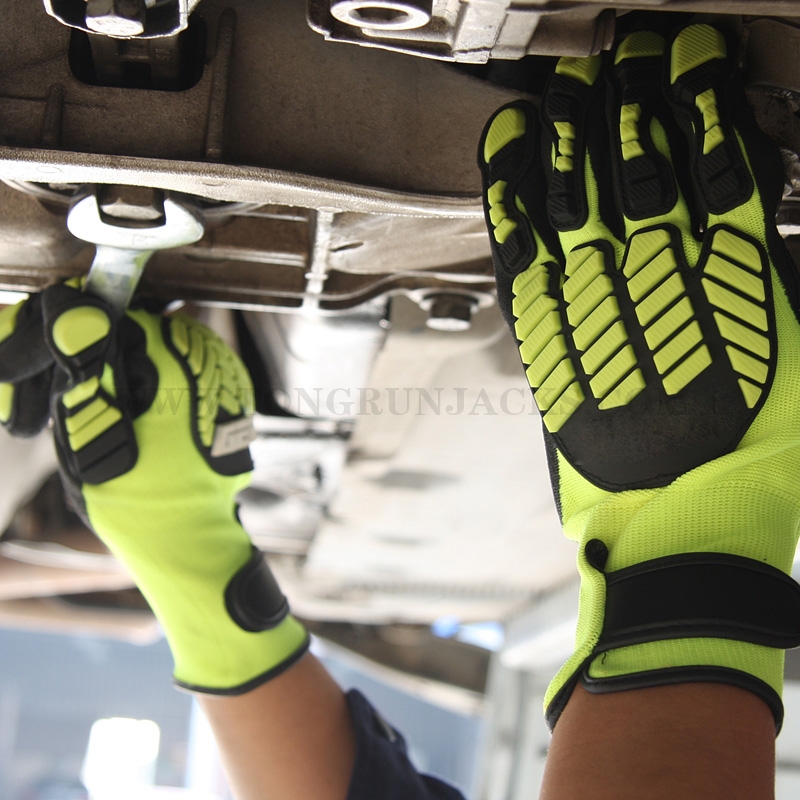Work Gloves
• Sandy nitrile dipping provides superior grip while working under oily and wet condition
• TPR pad helps prevent fnger pinching, abrasions and crushing injuries • Shock and vibration resistant padded palm
• Reinforced thumb crotch strengthens critical wear point and extends service life
• Hook and loop wrist closure ensures a snug fit
• Gas & Oil industry
• Offshore exploration
• Rescure work
• Heavy duty impact
• Construction
• Metal fabrication
• Mechanical workshop
• Automobile
• Hand and power tool usage
• Small to medium scale metal stampin
Product Information
The Gloves feature everything you need in a good pair of gloves for working on an oil or gas rigger, garden, a construction project, search and rescue mission, or road crew. Nitrile coating provides added protection while resisting punctures, snags and abrasions.




Product Parameters
|
N.W. |
15.9 Kgs |
G.W. |
16.4 Kgs |
|
QTY/CTN |
72 Pair |
Package Size |
440x300x480 mm |
|
MOQ |
3000 Pairs |
QTY/20’CY |
30672 Pairs |
Features

 Common Problems And Solutions
Common Problems And Solutions
Maintain your equipment. It is recommended that the general condition of any equipment be examined before it is used. Keep your equipment in good repair by adopting a program of conscientious repair and maintenance. Have necessary repairs made by qualified service personnel.
Cleaning
If the moving parts of the equipment are obstructed, use cleaning solvent or another good degreaser to clean the equipment. Remove any existing rust, with a penetrating lubricant.
Do not use motor oil or grease to lubricate the equipment
Rust Prevention:
-Check daily for any signs of rust or corrosion.
Without a load lift the equipment as high as it goes and look under and behind the lifting points. If signs of rust are visible clean as needed.
Storing the Equipment
1. Store in a dry location, recommended indoors.
2. Equipment should be stored in an area where they will not be subjected to damage.
3. If extreme temperatures or chemically active or abrasive environments are involved, the guidance provided in shall be followed.
4. Temperature - When equipment is used at temperatures above 140"F (60"C) or below -20"F (-29"C), the equipment manufacturer or a qualified person should be consulted.
5. Chemically Active Environments -The strength and operation of eqipment can be affected by chemically active environments such as caustic or acid substances or fumes. The equipment manufacturer or a qualified person should be consulted before equipment are used in chemically active environments.
6. Other Environments - The internal workings of equipment can be affected by high moisture, gravel or sand, silt, grit, or other dust-laden air. Equipment subject to these environments should have their inner components frequently cleaned, inspected, and lubricated.
Note: If the equipment is stored outdoors, be sure to lubricate all parts before and after use to ensure the equipment stays in good working condition.
- TOP








